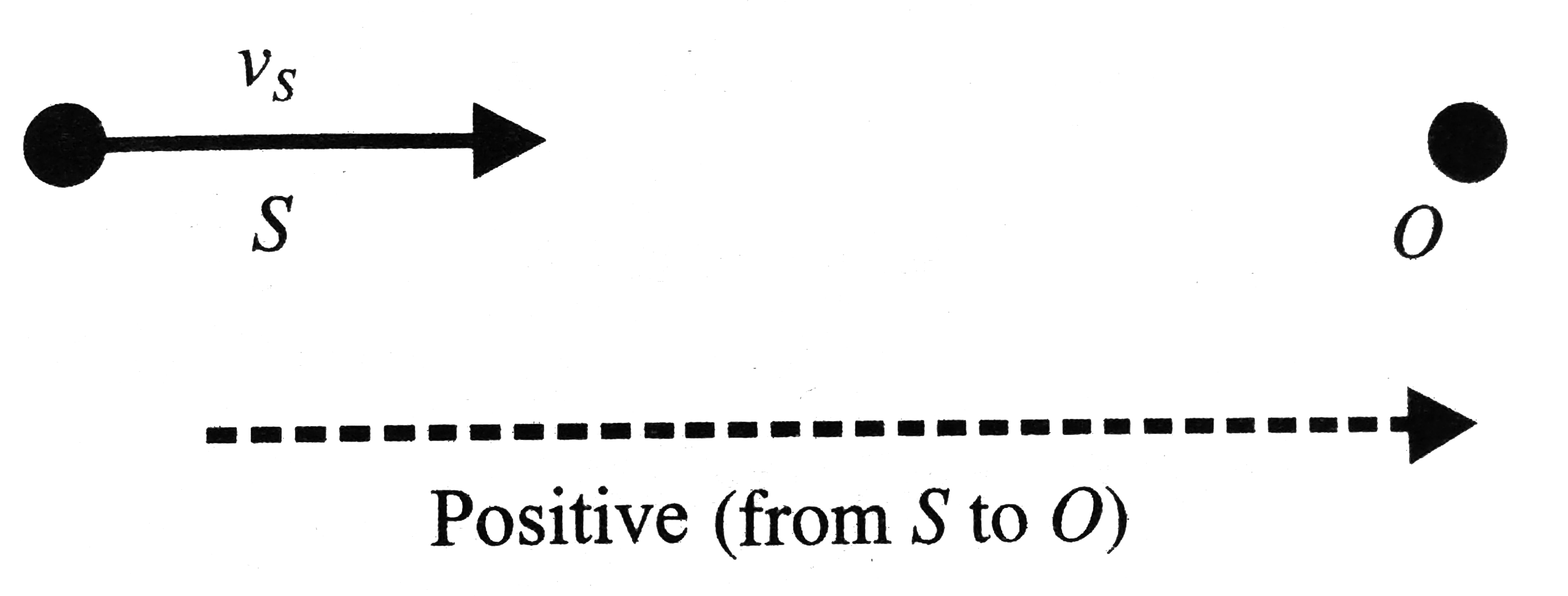A
B
C
D
Text Solution
Verified by Experts
The correct Answer is:
Topper's Solved these Questions
SOUND WAVES AND DOPPLER EFFECT
CENGAGE PHYSICS|Exercise Integer|16 VideosSOUND WAVES AND DOPPLER EFFECT
CENGAGE PHYSICS|Exercise Assertion-Reasoning|24 VideosRIGID BODY DYNAMICS 2
CENGAGE PHYSICS|Exercise Interger|2 VideosSUPERPOSITION AND STANDING WAVES
CENGAGE PHYSICS|Exercise Comprehension Type|5 Videos
Similar Questions
Explore conceptually related problems
Knowledge Check
CENGAGE PHYSICS-SOUND WAVES AND DOPPLER EFFECT-Comprehension
- A railroad train is travelling at 30(m)/(s) in still air. The frequenc...
Text Solution
|
- A railroad train is travelling at 30(m)/(s) in still air. The frequenc...
Text Solution
|
- A source of sonic oscillation with frequency n0=600Hz moves away and a...
Text Solution
|
- A source of sonic oscillation with frequency n0=600Hz moves away and a...
Text Solution
|
- A source of sonic oscillation with frequency n0=600Hz moves away and a...
Text Solution
|
- A source S of acoustic wave of the frequency v0=1700Hz and a receiver ...
Text Solution
|
- A source S of acoustic wave of the frequency v0=1700Hz and a receiver ...
Text Solution
|
- A small source of sound vibrating frequency 500 Hz is rotated in a cir...
Text Solution
|
- A small source of sound vibrating frequency 500 Hz is rotated in a cir...
Text Solution
|
- A small source of sound vibrating frequency 500 Hz is rotated in a cir...
Text Solution
|
- An indian submarine is moving in the Arabian sea with constant velocit...
Text Solution
|
- An indian submarine is moving in the Arabian sea with constant velocit...
Text Solution
|
- An indian submarine is moving in the Arabian sea with constant velocit...
Text Solution
|
- An indian submarine is moving in the Arabian sea with constant velocit...
Text Solution
|
- Due to point isotropic sound source, theintensity at a point is observ...
Text Solution
|
- Due to point isotropic sound source, theintensity at a point is observ...
Text Solution
|
- In the figure shown below, a source of sound having power 12xx10^-6W i...
Text Solution
|
- In the figure shown below, a source of sound having power 12xx10^-6W i...
Text Solution
|
- In the figure shown below, a source of sound having power 12xx10^-6W i...
Text Solution
|
- When a sound wave enters the ear, it sets the eardrum into oscillation...
Text Solution
|
